Reviewed by Julianne Ngirngir
Picture this: you're at a coffee shop, pull out what looks like a regular flip phone, connect it to a portable monitor, and suddenly you're running a full desktop experience. Samsung just made this scenario real with the Galaxy Z Flip 7 — the first clamshell foldable to support DeX. But while this milestone brings us closer to the "one device for everything" dream, Samsung's execution reveals both the promise and the frustrating limitations of pocket-sized computing.
What you need to know:
The Galaxy Z Flip 7 is the first Flip ever to support Samsung DeX desktop mode
You can run a full desktop experience on external displays — even with the phone closed
The missing piece: no cover screen touchpad functionality, unlike competing Razr phones
Finally joining the desktop party (fashionably late)
For years, Samsung's clamshell foldables felt like the odd ones out. While the Galaxy S series and Z Fold lineup offered DeX support, Flip users were left out of the desktop party entirely. The culprit? Thermal concerns that Samsung couldn't solve in the compact form factor.
The Galaxy Z Flip 7 changes everything. Samsung has apparently addressed these thermal issues, enabling full DeX functionality for the first time in the Flip series. What's particularly impressive is how they've maintained the device's ultra-compact footprint while implementing the sophisticated thermal management required for sustained desktop-class performance. This breakthrough suggests Samsung has developed new cooling architectures that could reshape future foldable designs.
Here's where it gets interesting: you can plug the Galaxy Z Flip 7 into an external display and launch DeX without even unfolding the phone (as long as you unlock it). This capability transforms the closed flip phone into essentially a tiny desktop computer — no bigger than a deck of cards, yet capable of driving a full workspace. Android Authority confirms it offers "the full, uncompromised DeX experience, putting it on par with the Galaxy S and Z Fold series."
What desktop mode actually delivers
Samsung DeX transforms your phone into something that genuinely resembles a desktop computer. Instead of just mirroring your phone screen, DeX shows a desktop-like interface complete with a taskbar, system notifications, and apps that launch in floating windows with PC-like title bars.
The productivity gains are tangible across professional workflows. Apps like Microsoft 365 are highly adaptive and functional on Samsung DeX, while Adobe Lightroom adapts to different resolutions with significantly better performance through the desktop interface. But the real power emerges in Samsung's dual-screen implementation: the system allows using one window on the phone and another on the monitor simultaneously, effectively creating a two-display workstation from a single device.
The Galaxy Z Flip 7 supports both wired and wireless connections for DeX, giving you flexibility in deployment scenarios. The wired connection delivers superior performance and reliability, while wireless mode offers the freedom to set up anywhere with compatible displays. This dual connectivity approach puts Samsung ahead of Motorola's competing Smart Connect feature, which works exclusively wirelessly.
The glaring omission that hurts
Here's where Samsung's execution becomes genuinely puzzling. Despite having a gorgeous 4.1-inch cover screen — one of the largest in any flip phone — Samsung didn't enable it as a touchpad for DeX mode. This represents a fundamental disconnect between hardware capability and software implementation.
Motorola's Razr lineup already demonstrates exactly this functionality, using the cover screen as a trackpad when in desktop mode. The ergonomics make perfect sense: with the phone closed and connected to a monitor, that cover screen becomes an ideal navigation surface. Its absence on the Galaxy Z Flip 7 forces users into less elegant workarounds — external mice, touch-dependent monitor interfaces, or the awkward necessity of unfolding the phone for trackpad access.
It's like Samsung solved the hard engineering problem (thermal management) but missed the obvious user experience enhancement (touchpad functionality). This oversight becomes more glaring when you consider specific workflow scenarios: presentations where you want minimal desk footprint, travel setups where every accessory matters, or collaborative sessions where the closed phone provides a discrete control interface while the main display handles the shared content.
The technical foundations clearly exist. Samsung has sophisticated touch processing across both the inner display and cover screen, plus the software architecture to route input between different interface contexts. This suggests the omission might stem from development timeline constraints rather than technical impossibility — which makes it all the more frustrating for users who recognize the missed potential.
Why this still represents a breakthrough (despite the shortcomings)
The touchpad limitation shouldn't overshadow what Samsung has achieved here. The Galaxy Z Flip 7 fundamentally shifts the conversation around mobile computing by proving that true desktop functionality can exist in an ultra-portable form factor. When you combine DeX capabilities with tools like the Linux Terminal app (which the Z Flip 7 supports thanks to its Exynos 2500 chip), this device can "transform into an incredibly capable portable PC."
This convergence of Android desktop mode and Linux virtualization creates unprecedented versatility. Developers can run full Linux environments for coding, system administrators can access native terminal tools, and power users can leverage both Android's app ecosystem and Linux's development capabilities from the same device. The Z Flip 7 becomes the first pocketable device to offer this kind of computing spectrum — from casual smartphone tasks to professional development workflows.
The form factor advantage extends beyond mere portability. As one reviewer noted, "I can carry a small phone that I don't even need to unfold for calls and texting, but that one device can still double as my primary computer." This represents genuine lifestyle transformation: eliminating the laptop/phone dichotomy that has defined mobile professionals for decades.
Market timing also favors this approach. While foldables remain niche at roughly 1.5% of the global smartphone market, desktop functionality provides a compelling productivity narrative that transcends the foldable novelty factor, potentially appealing to mainstream users who prioritize capability over form factor innovation.
What comes next for pocket PCs
The Galaxy Z Flip 7's DeX implementation feels like Samsung's proof of concept for truly unified computing architectures. The company is essentially testing whether consumers will embrace smartphones as legitimate laptop replacements when the software experience and connectivity options align properly. Despite lacking refinements like cover screen touchpad support, Samsung is "the only one really offering this kind of feature" at this level of integration.
The broader implications extend to ecosystem development. As mobile processors continue approaching laptop-class performance and 5G enables robust cloud computing, the infrastructure exists for smartphones to become primary computing devices. Samsung's DeX platform, combined with advances in wireless display technology and cloud storage, creates the foundation for a post-laptop computing model.
PRO TIP: If desktop functionality is your immediate priority, consider that the Galaxy Z Fold 7 remains the better option for extensive DeX use, despite lacking S Pen support this generation. The larger internal display provides better multitasking capabilities for complex workflows.
The missing touchpad functionality will likely arrive in future iterations — it represents too obvious a user experience enhancement to ignore indefinitely. For now, the Galaxy Z Flip 7 offers a compelling preview of where mobile computing is heading, even if Samsung hasn't quite perfected the complete vision yet.




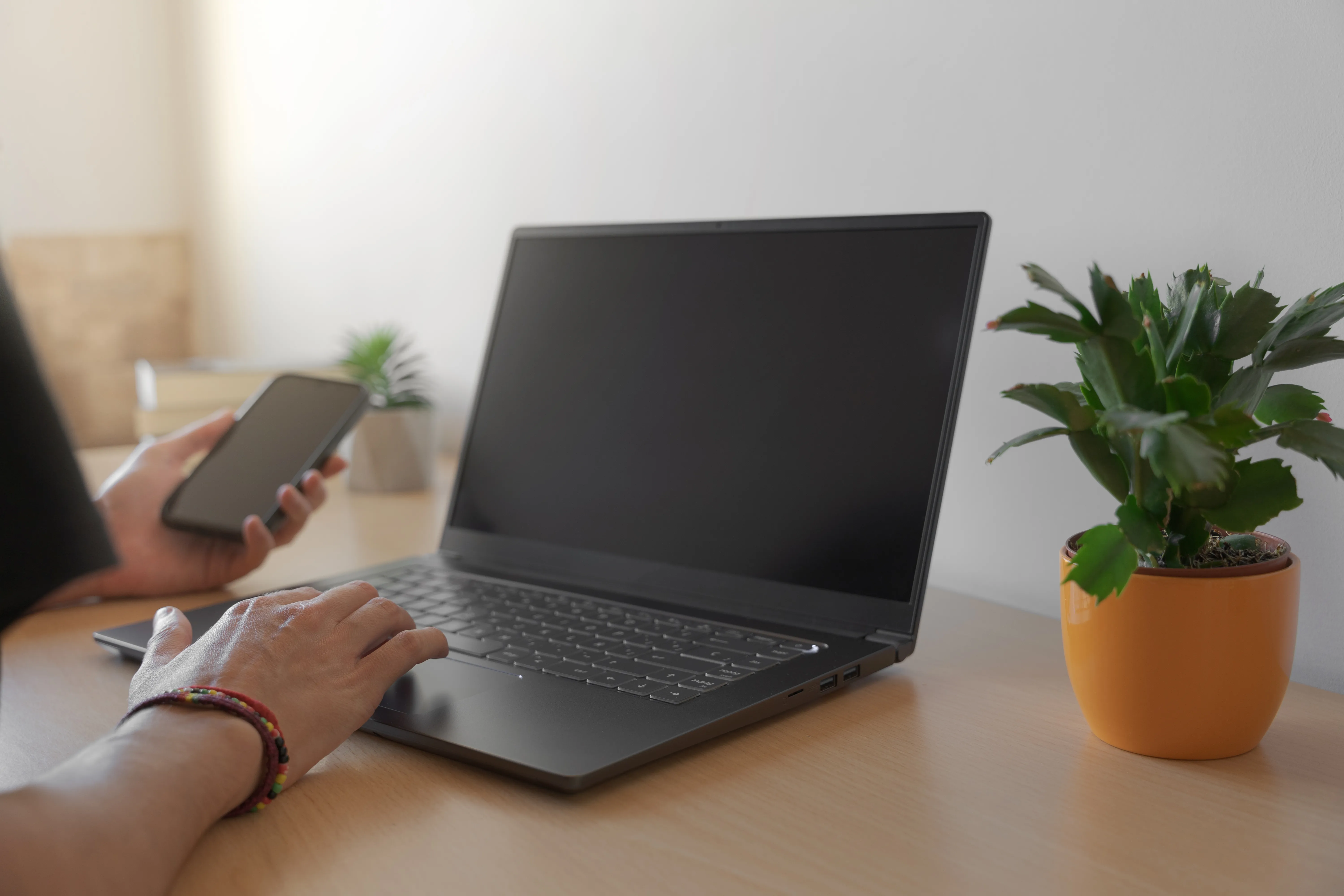
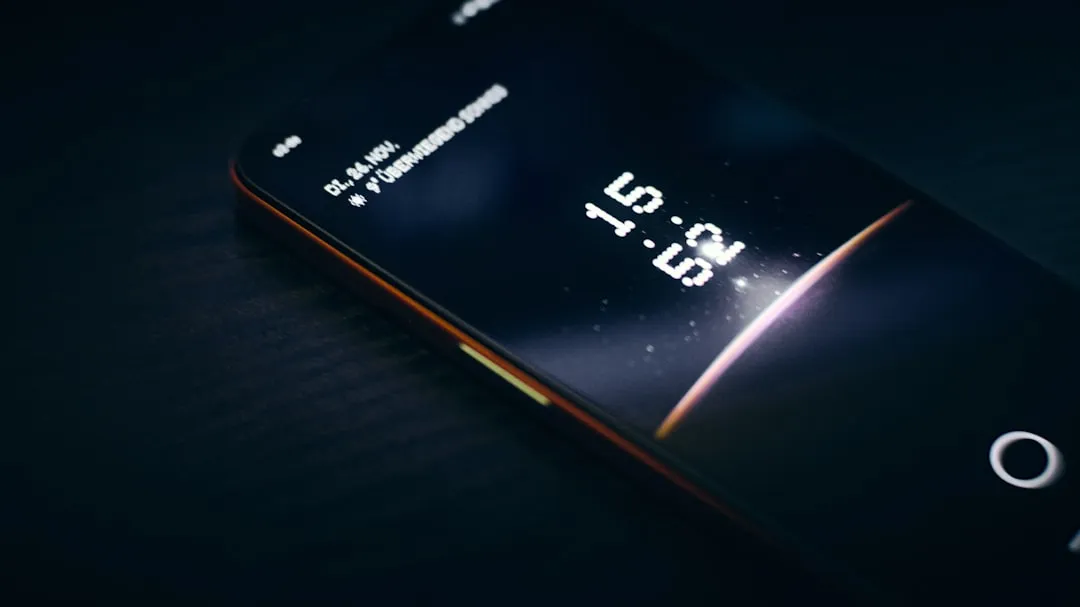
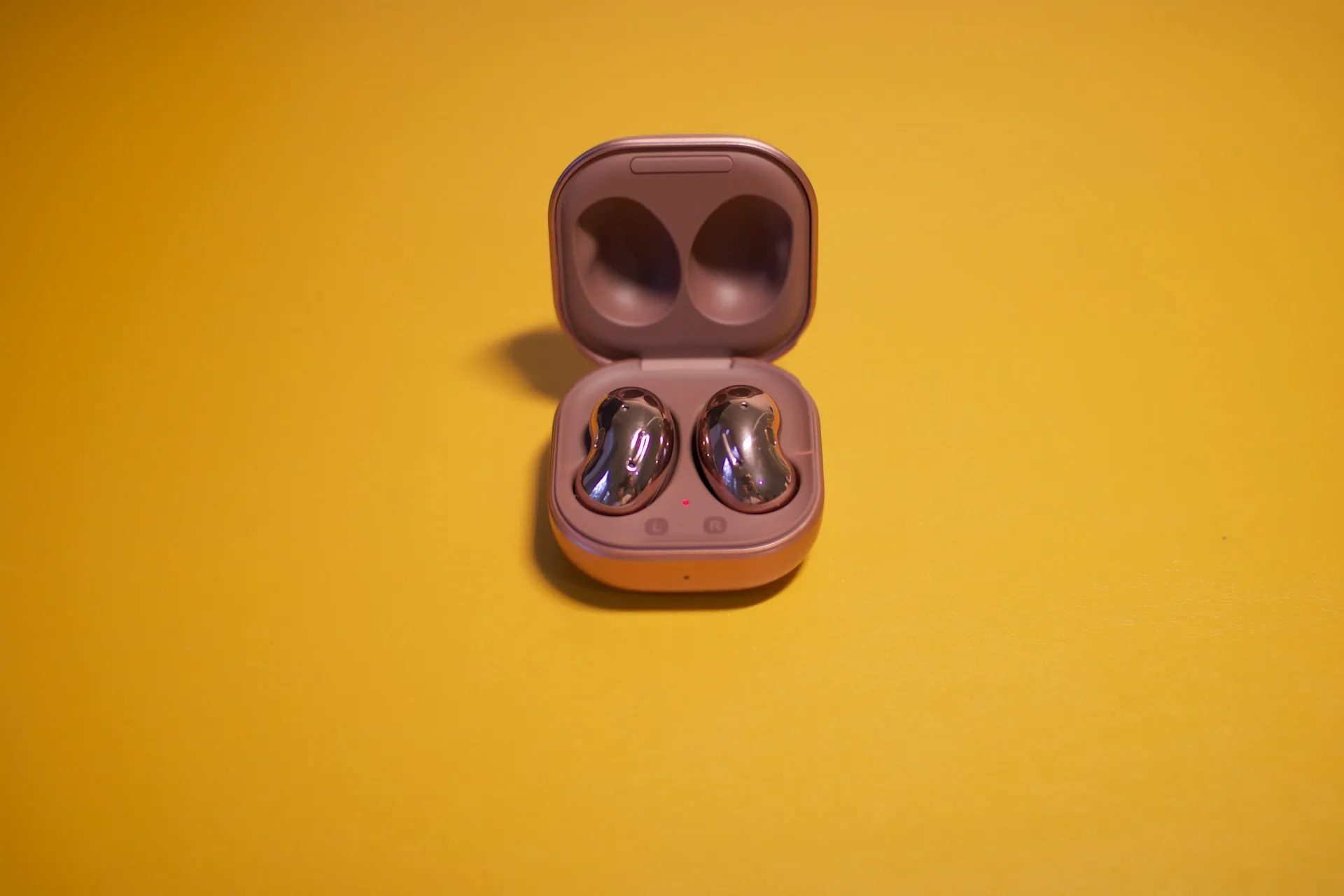
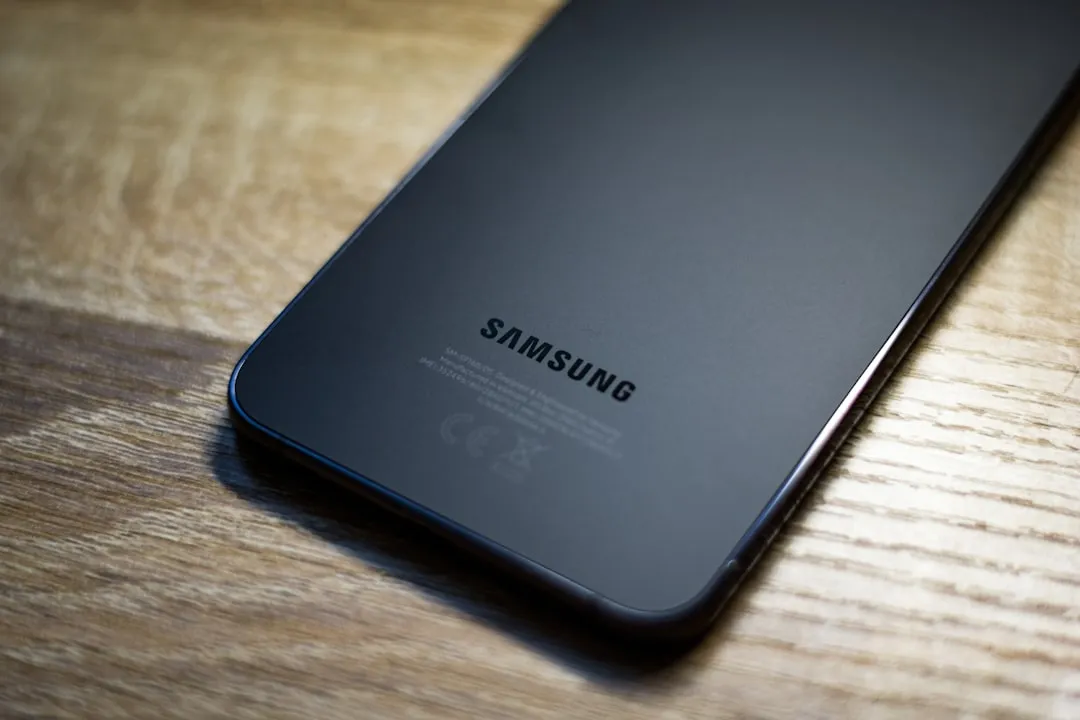
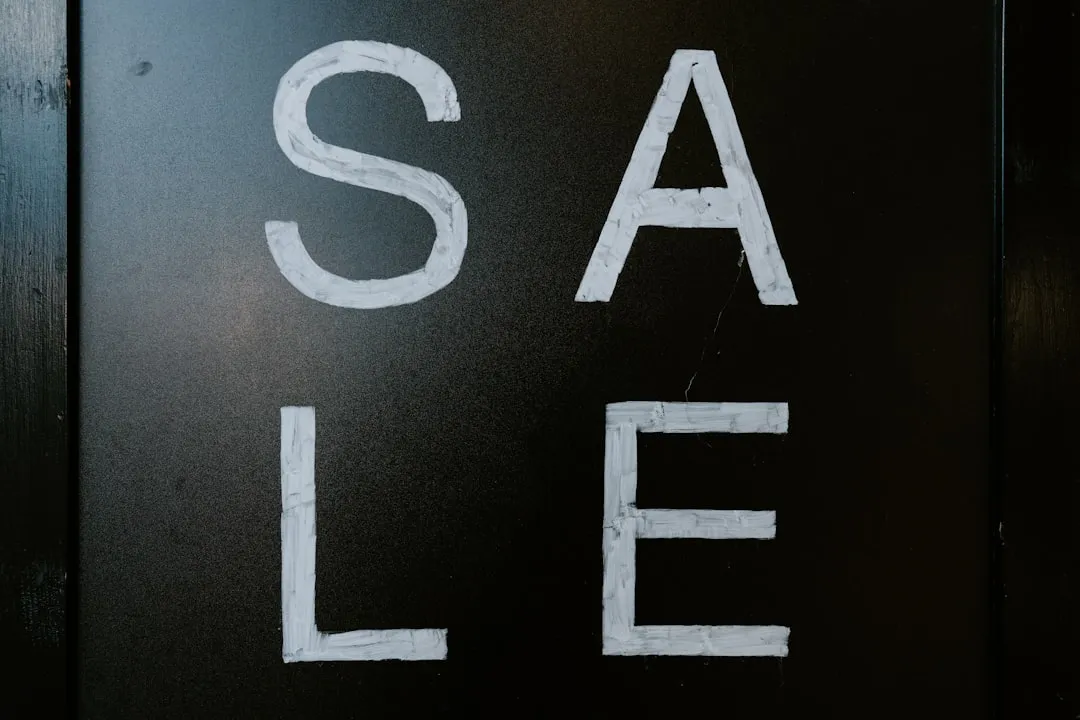
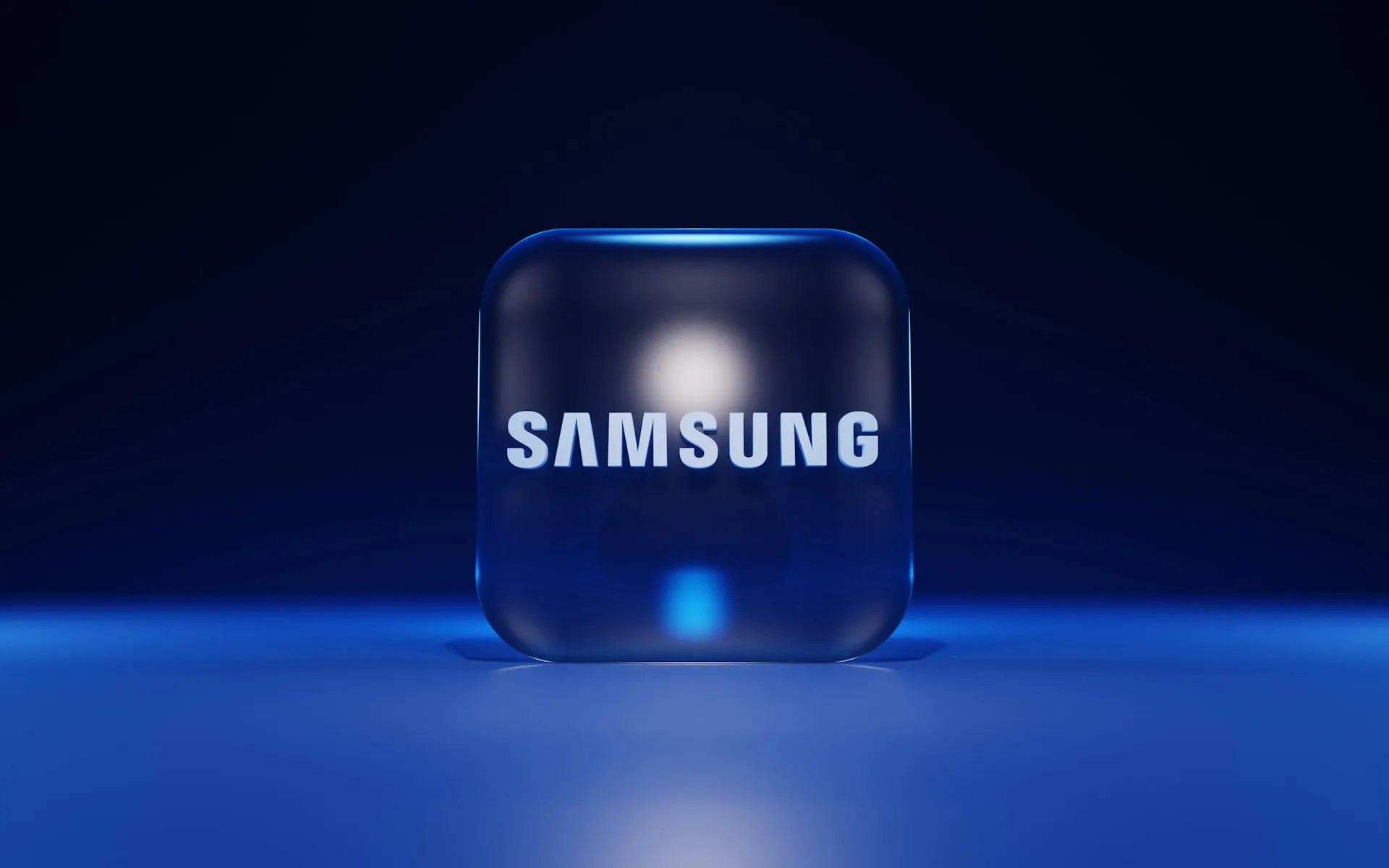
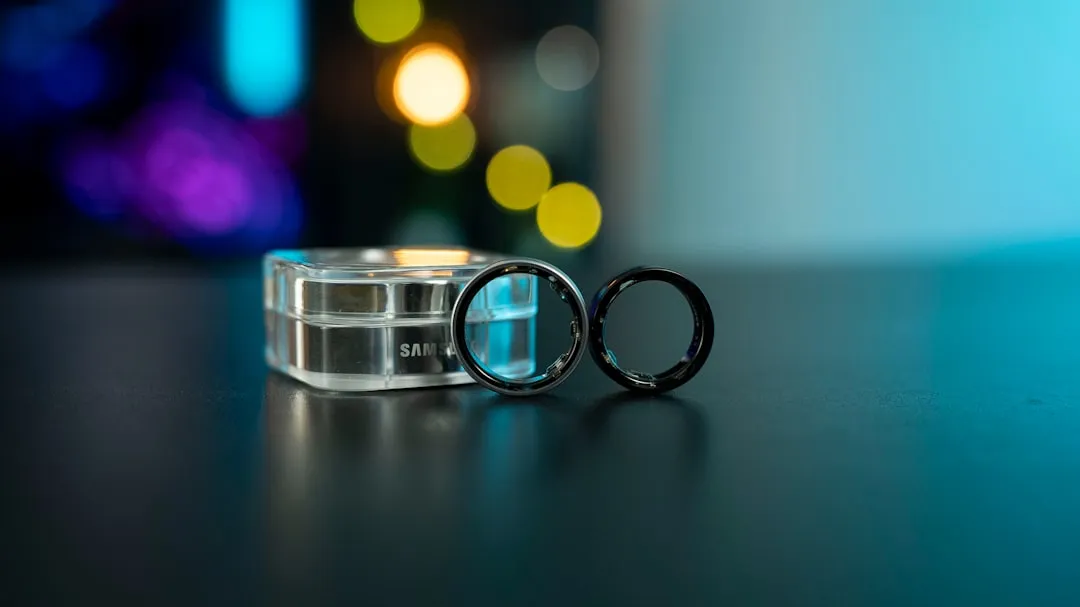

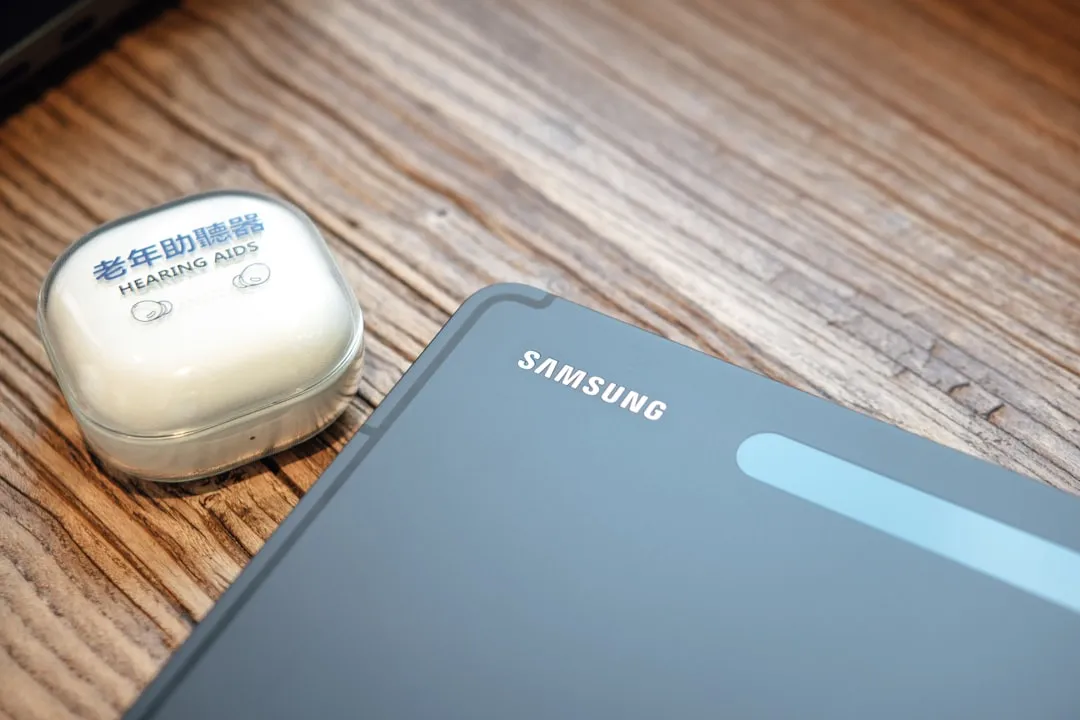
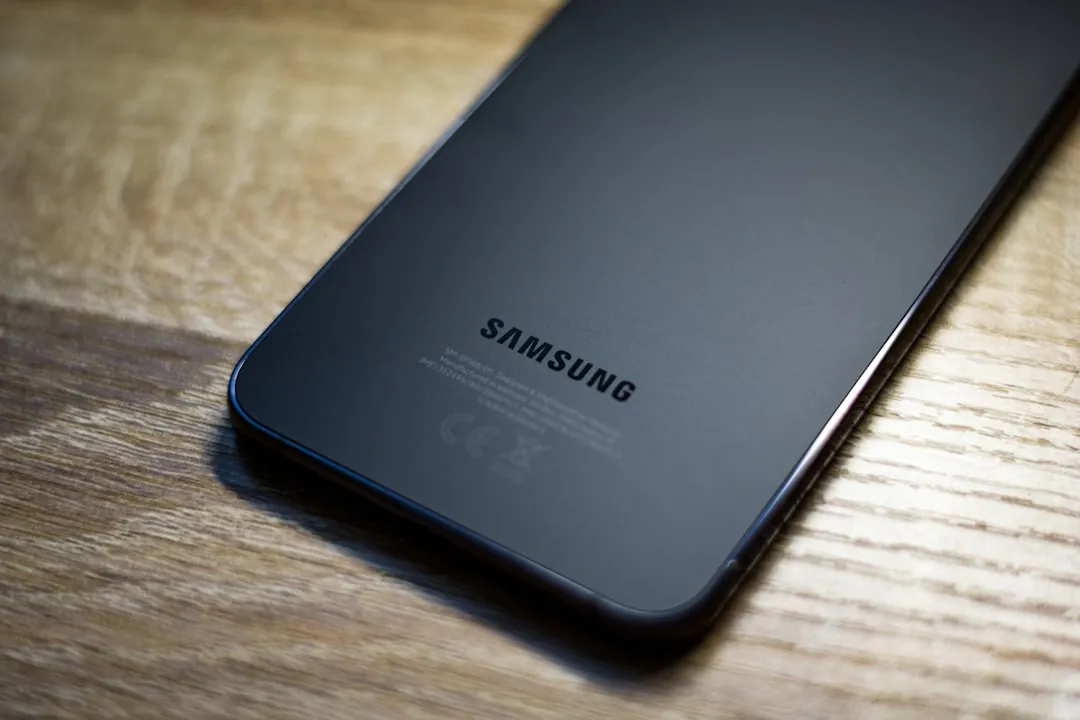



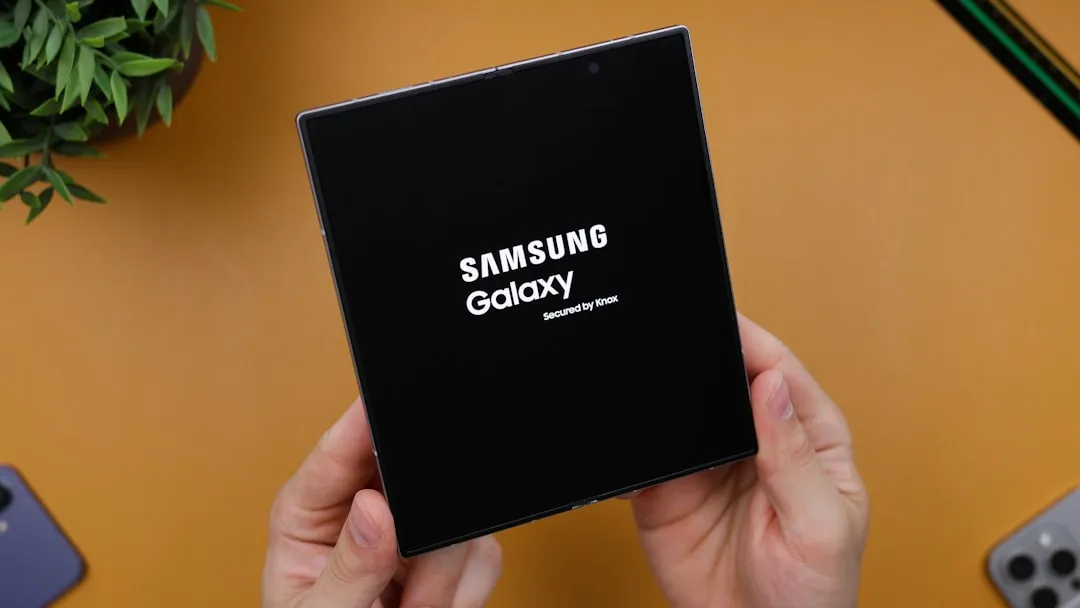
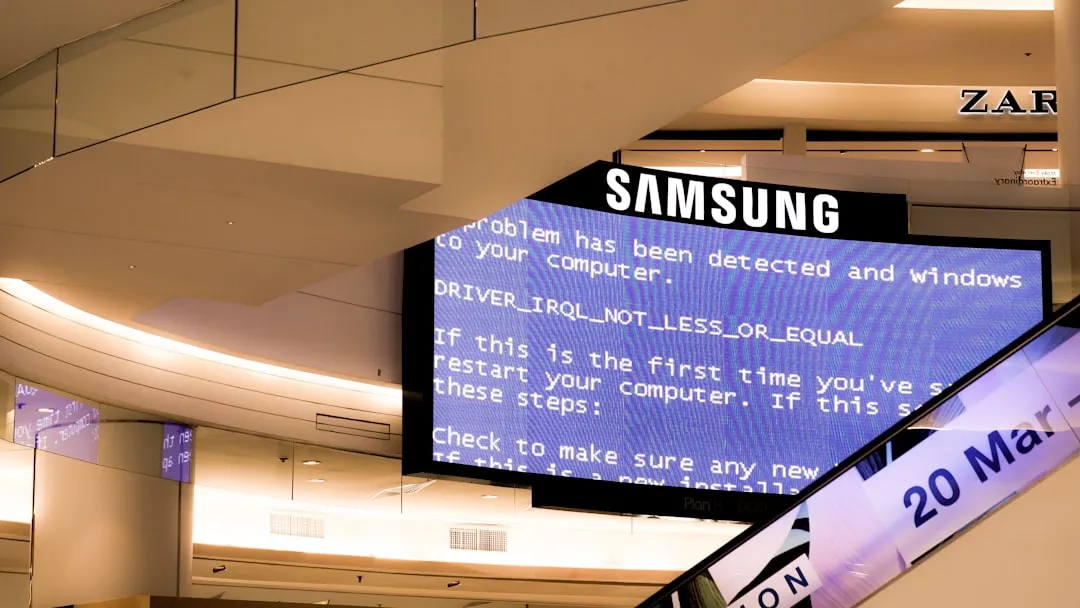
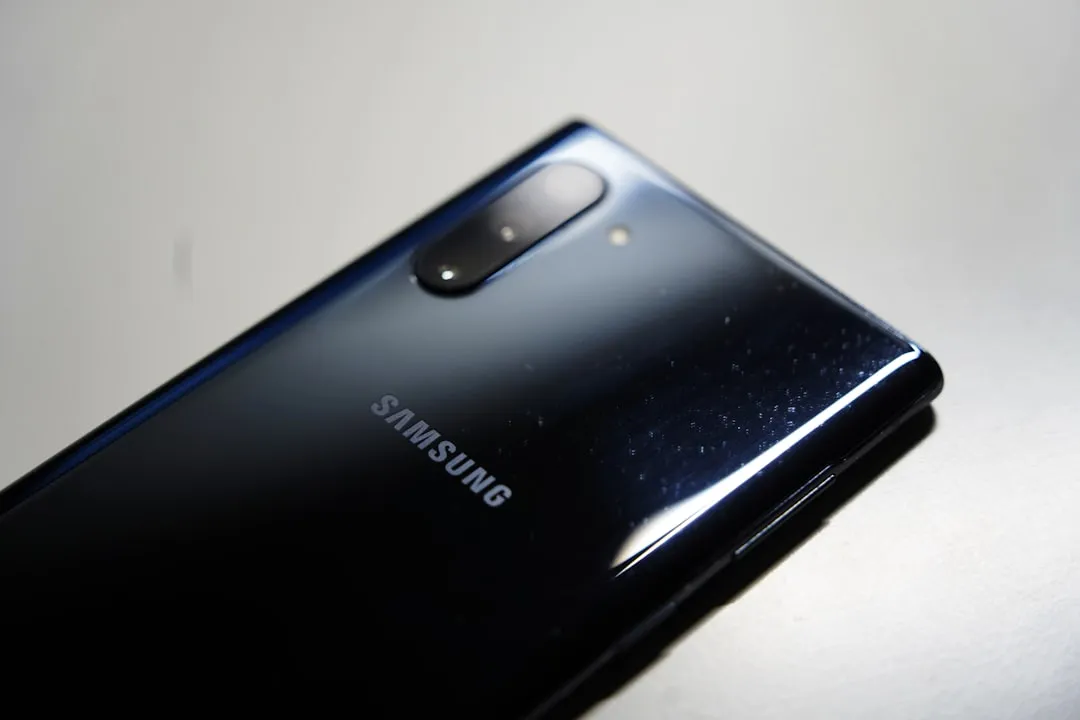
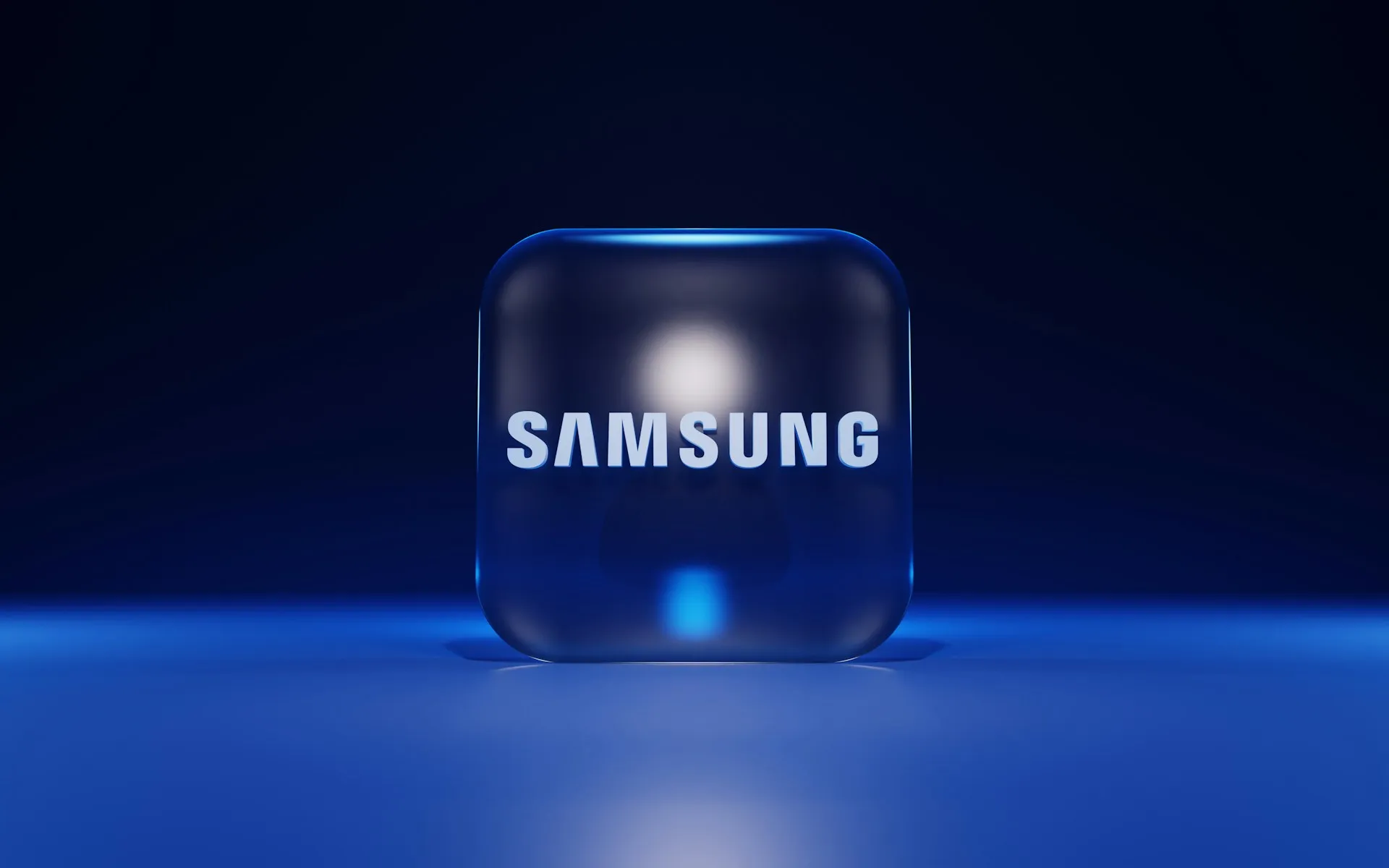
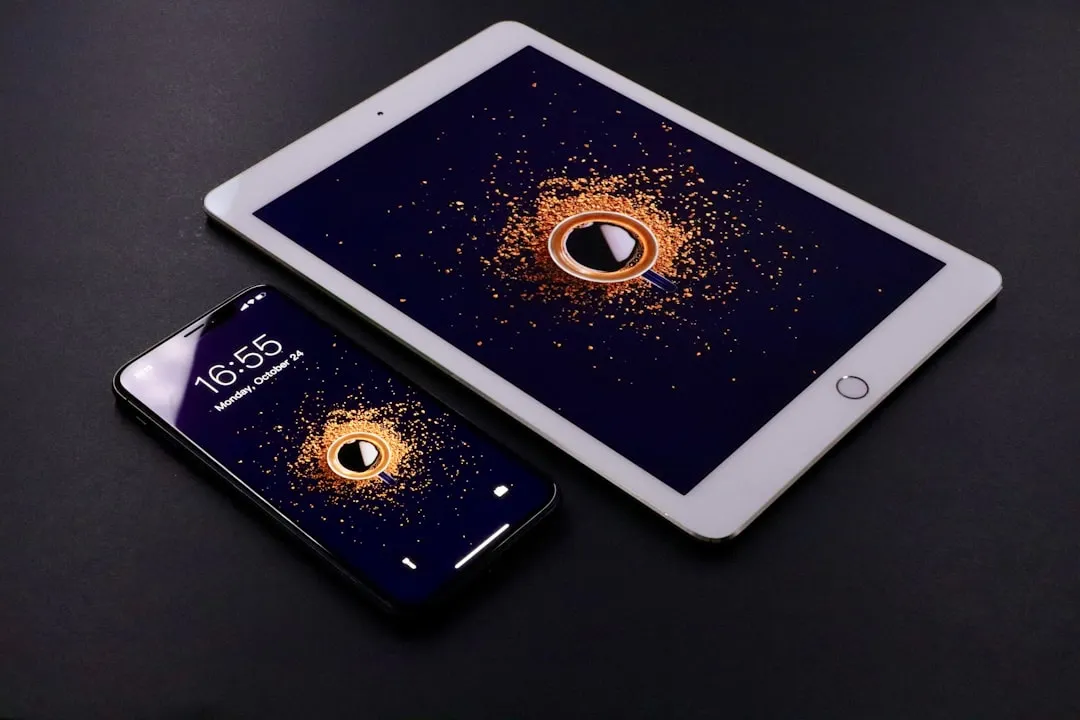
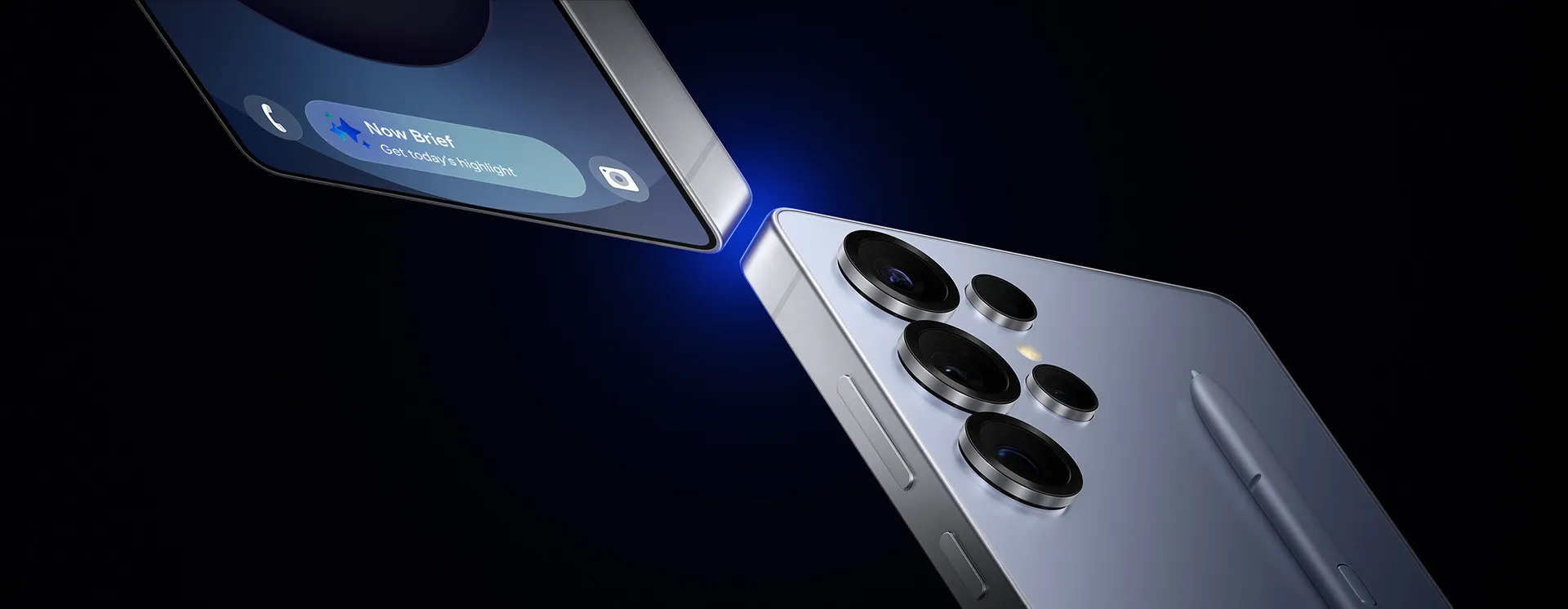

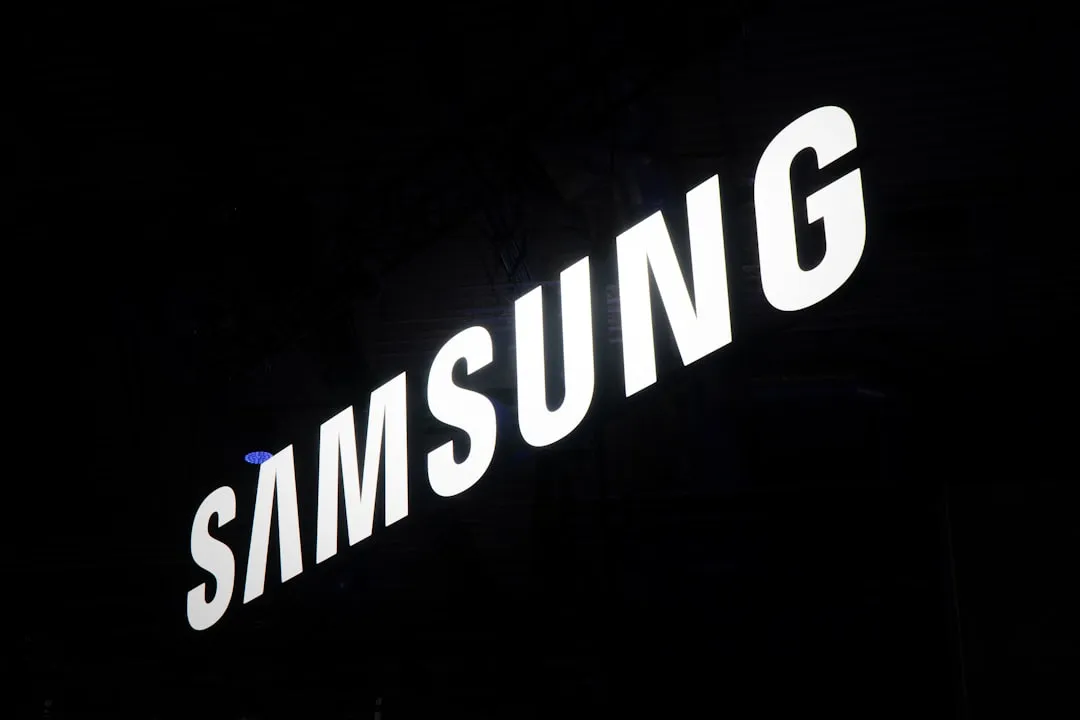
Comments
Be the first, drop a comment!